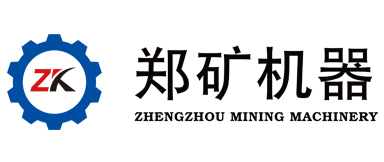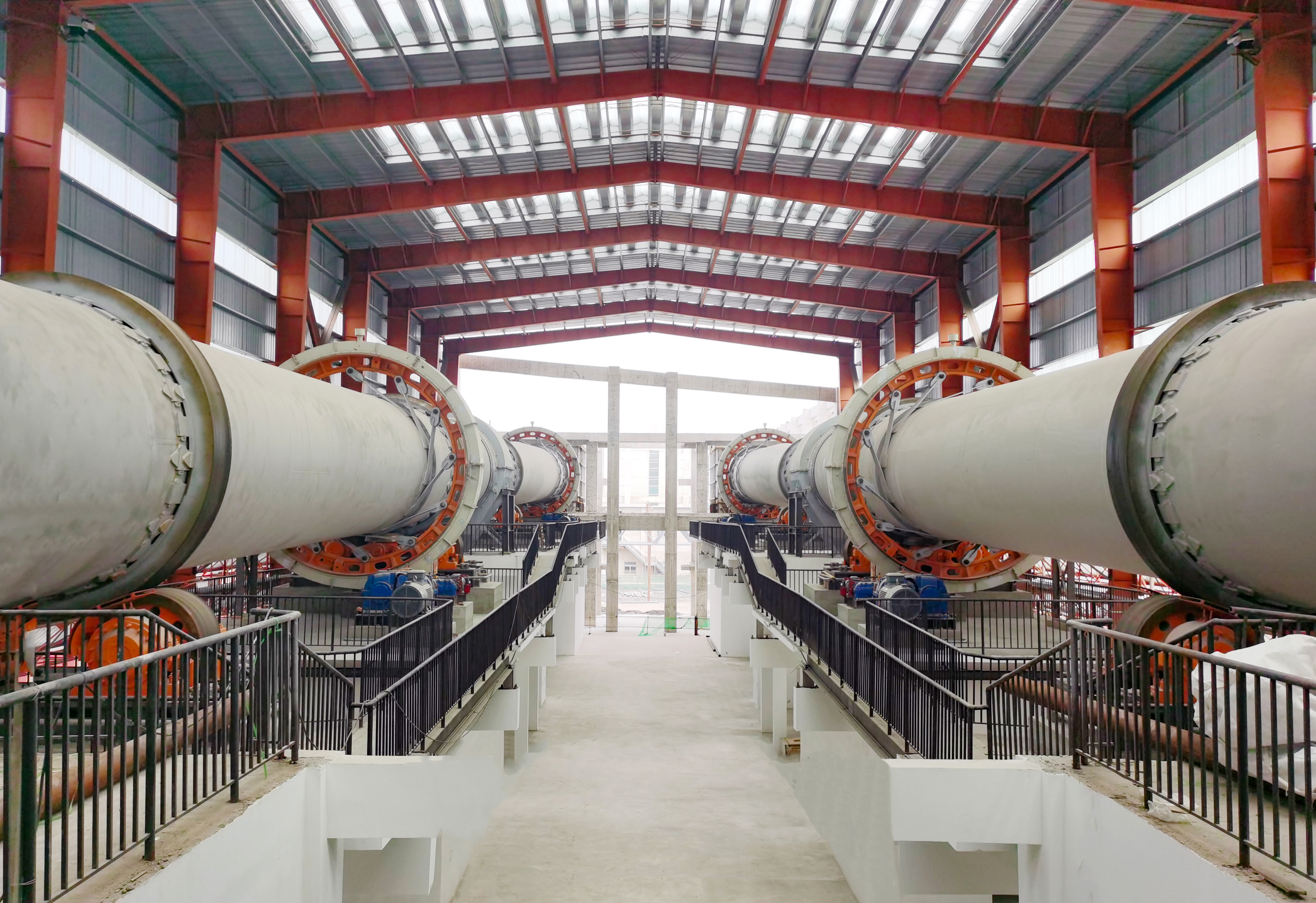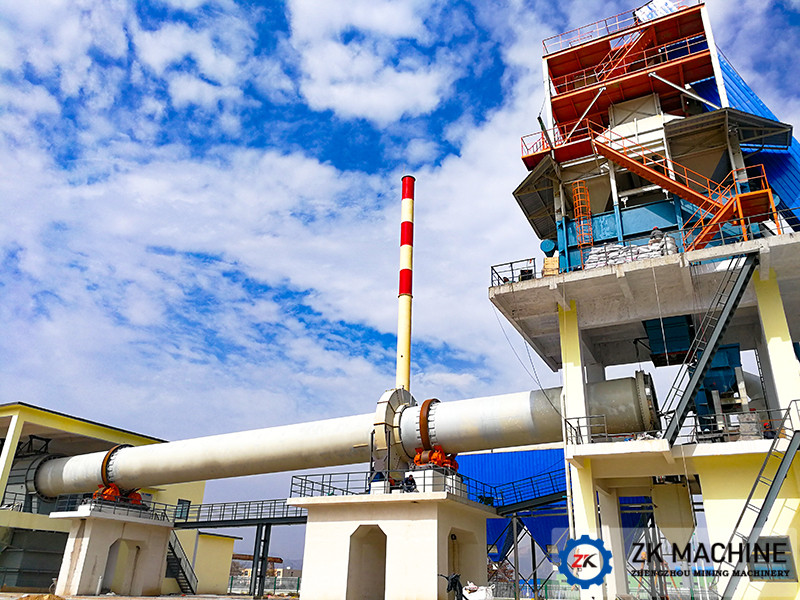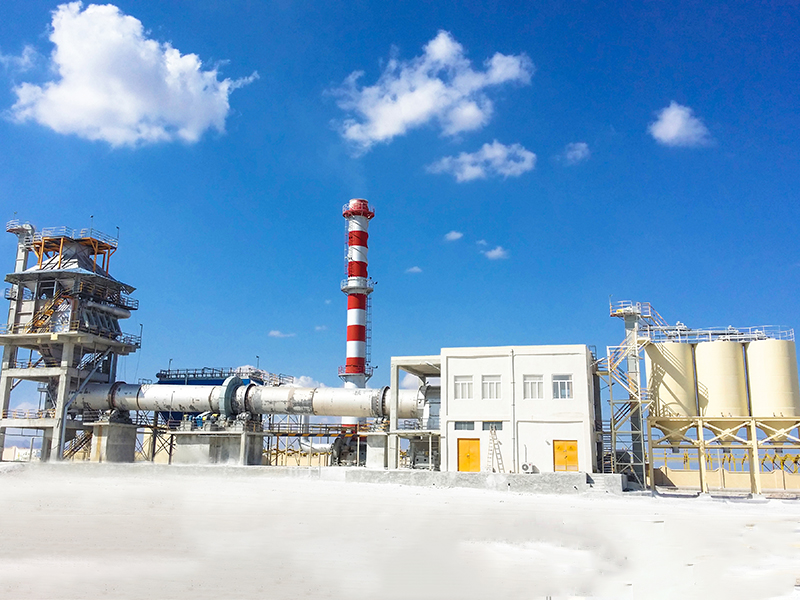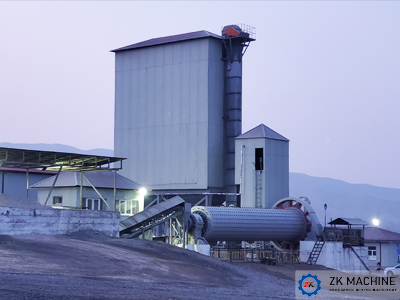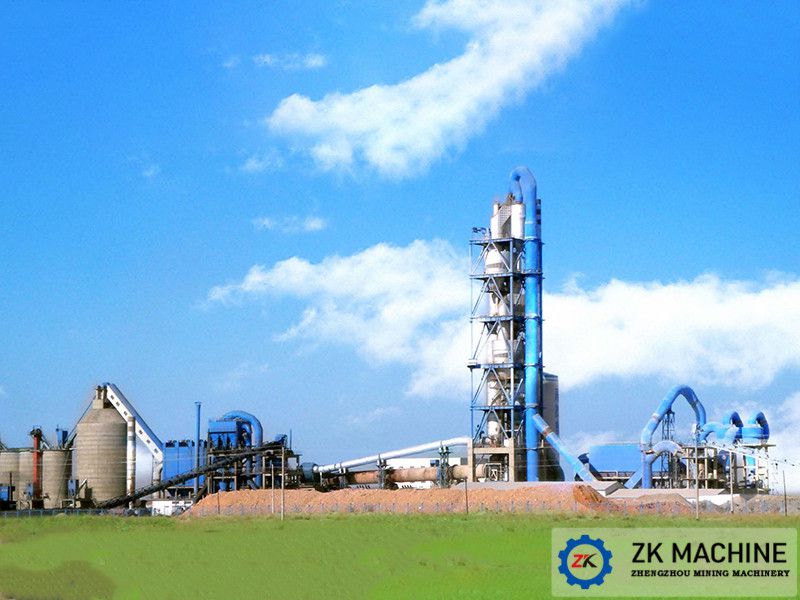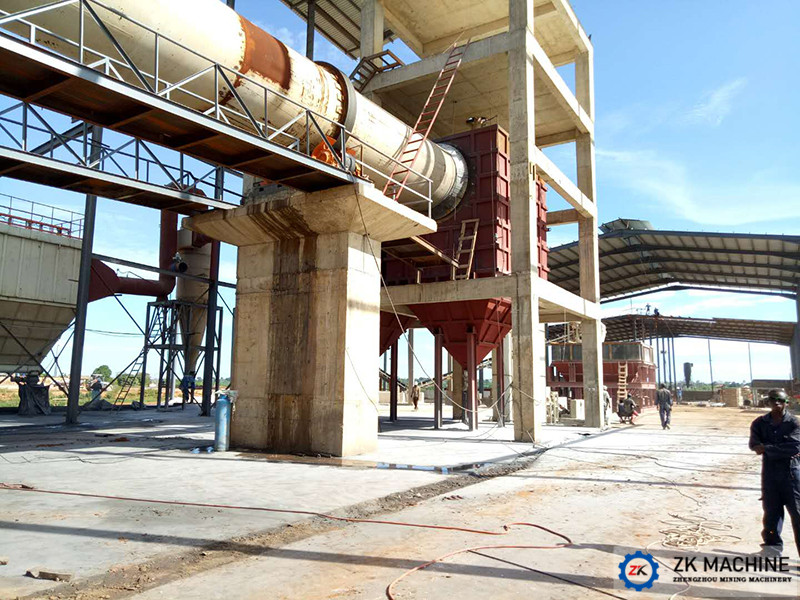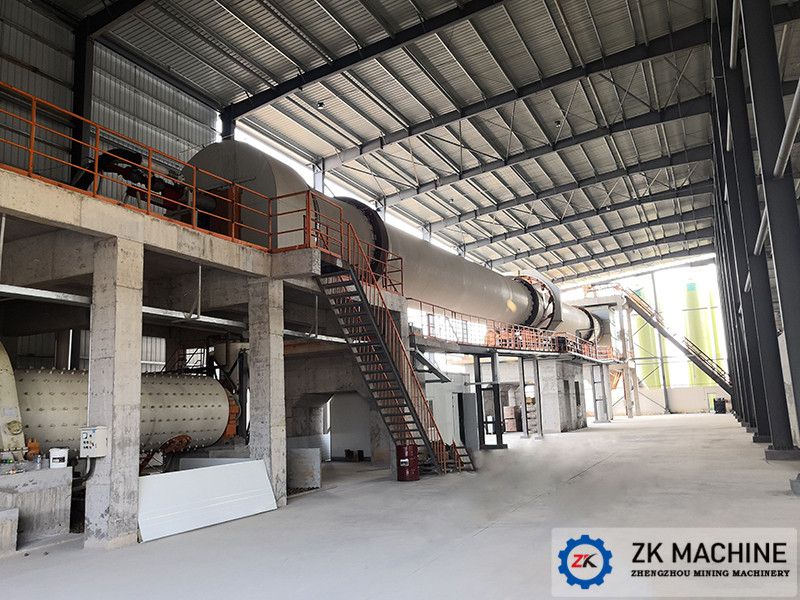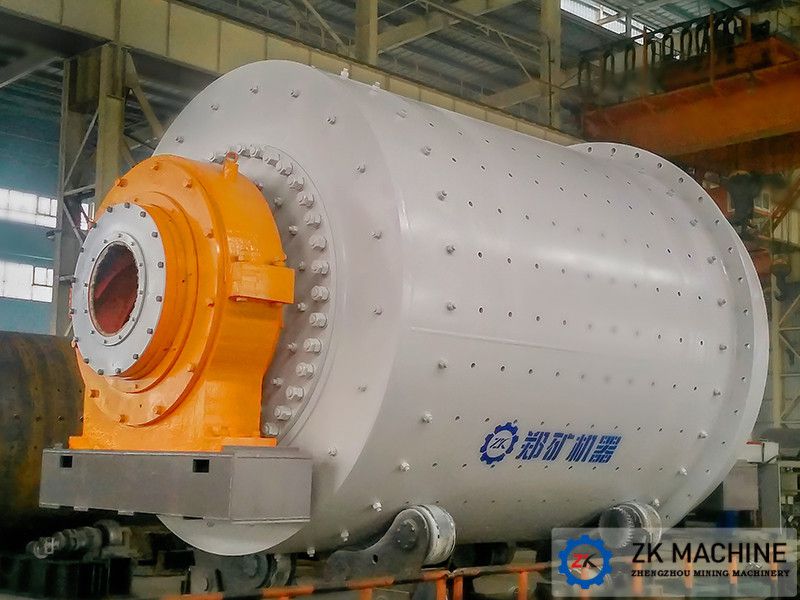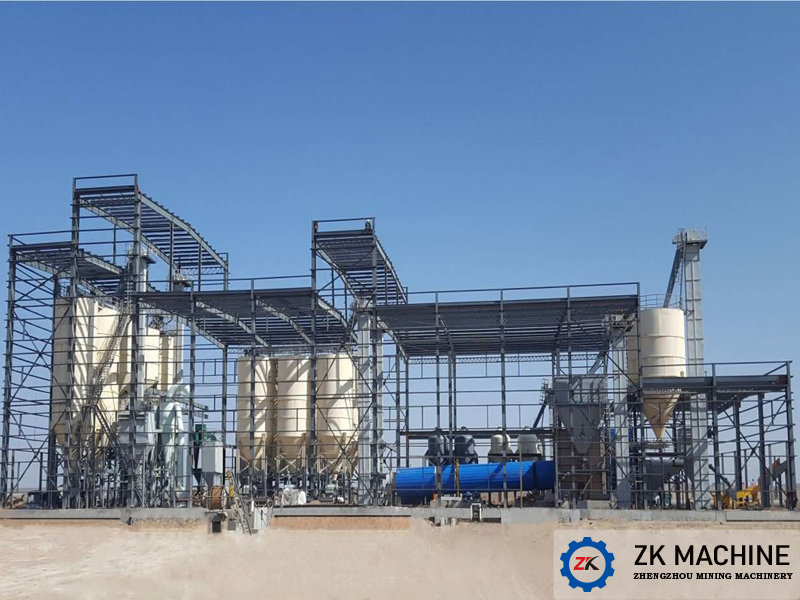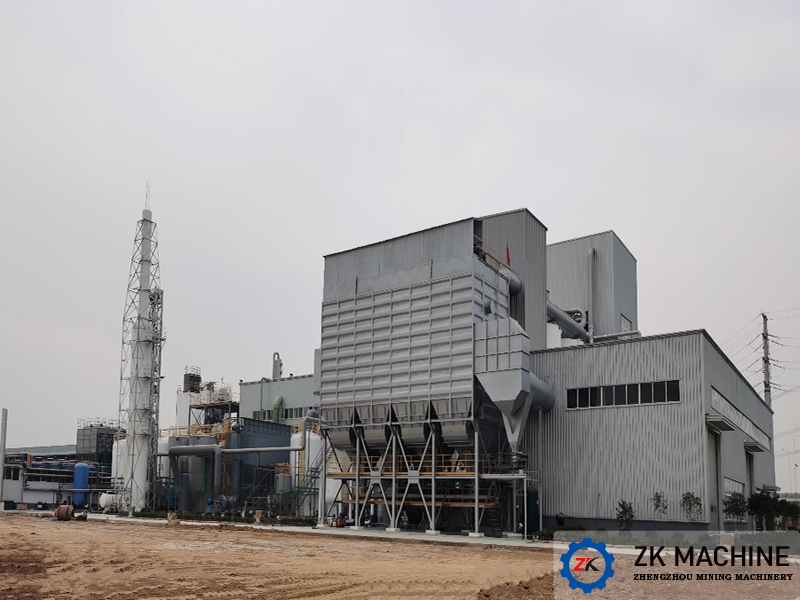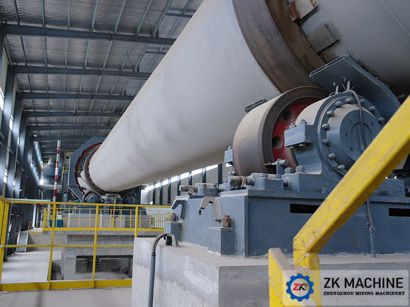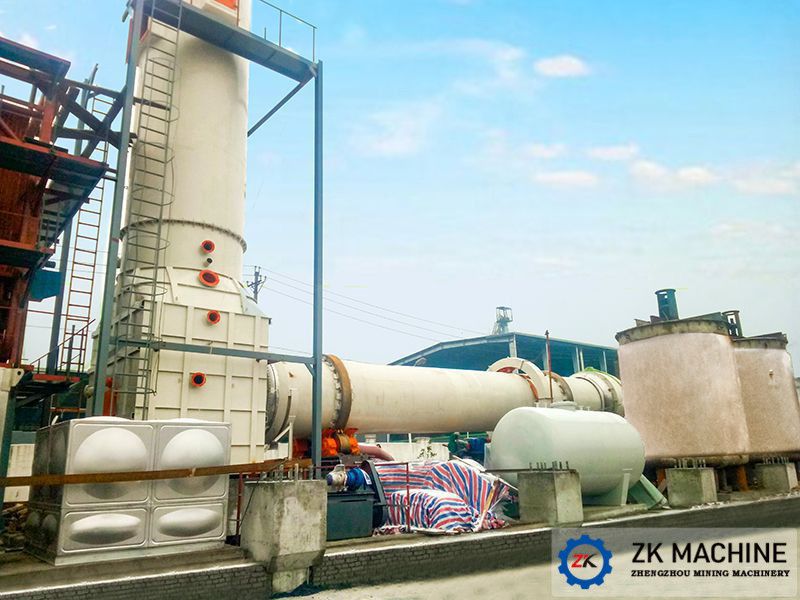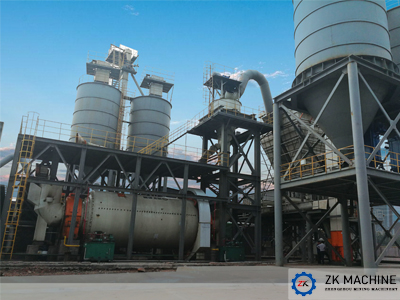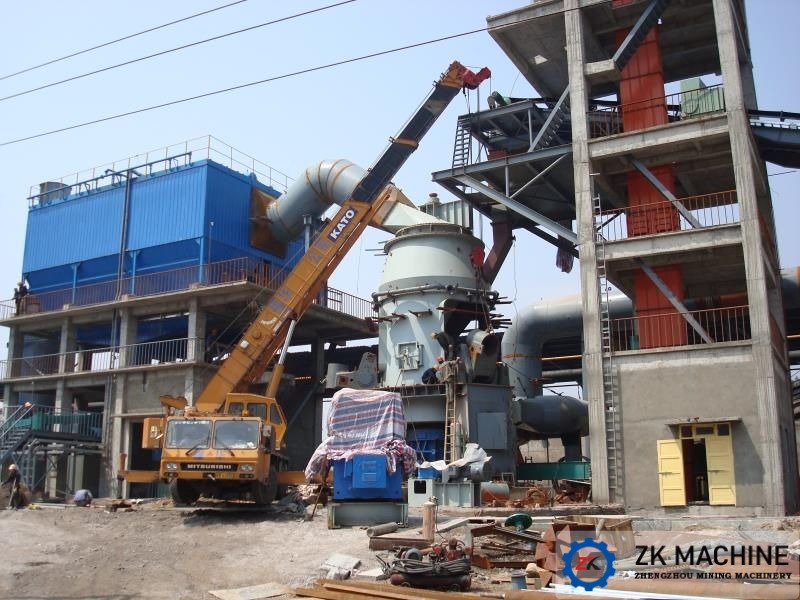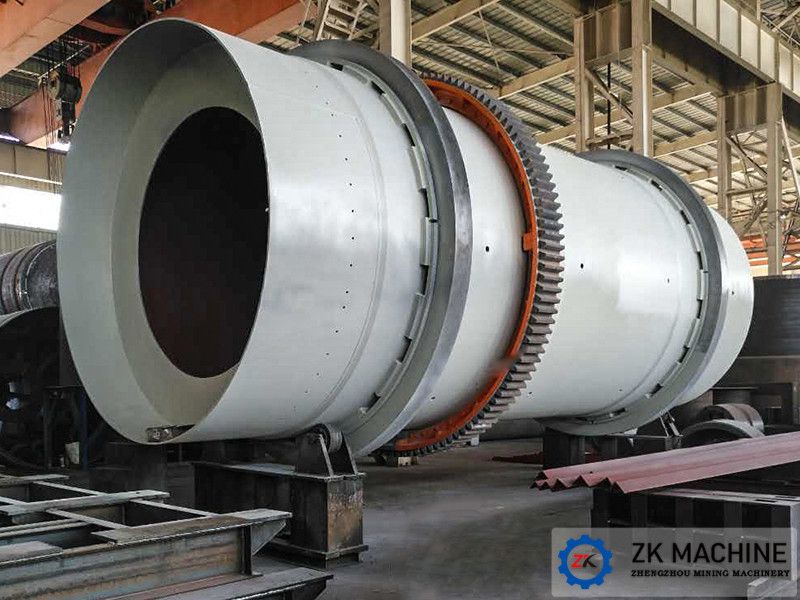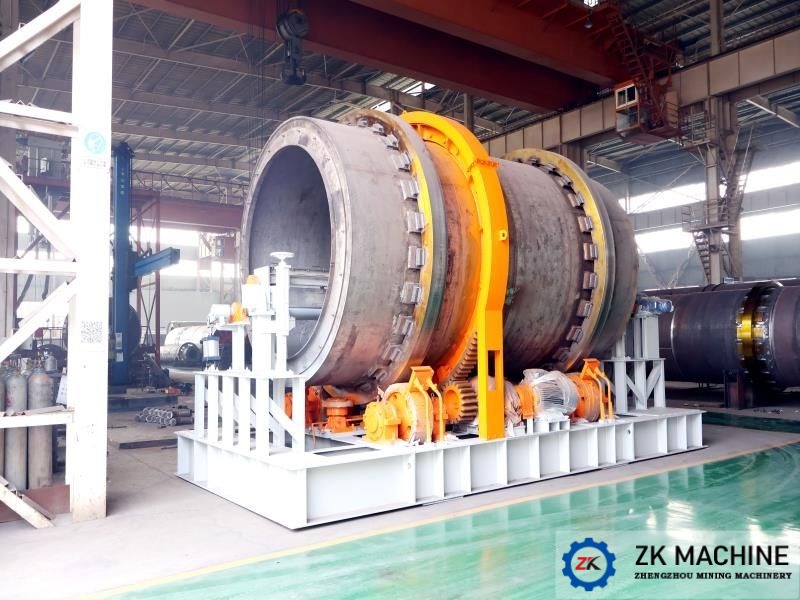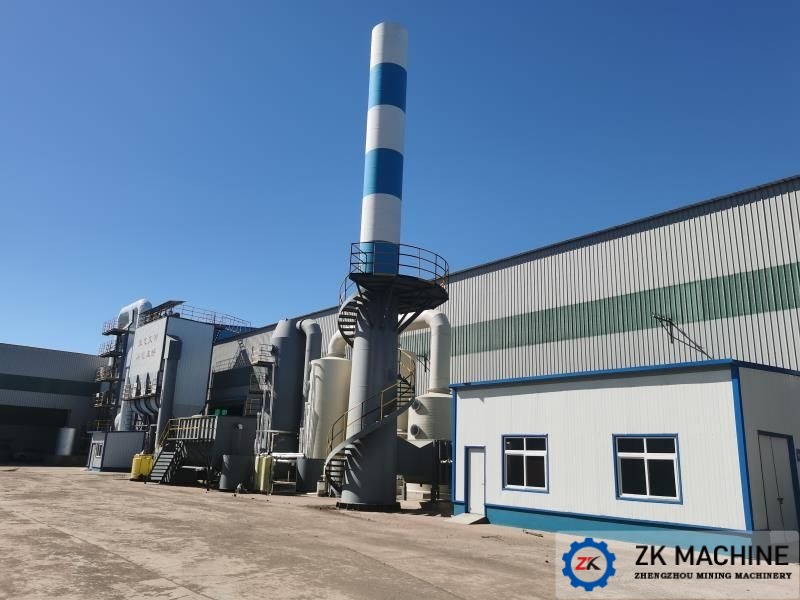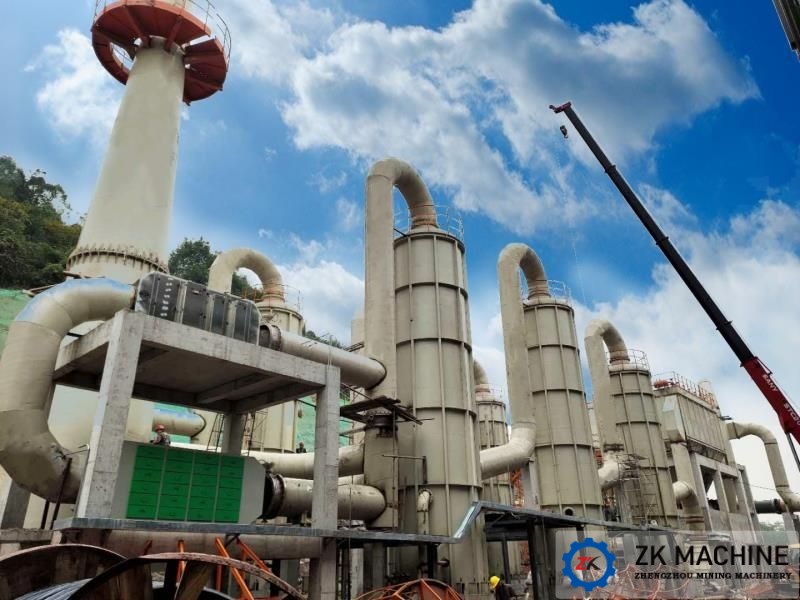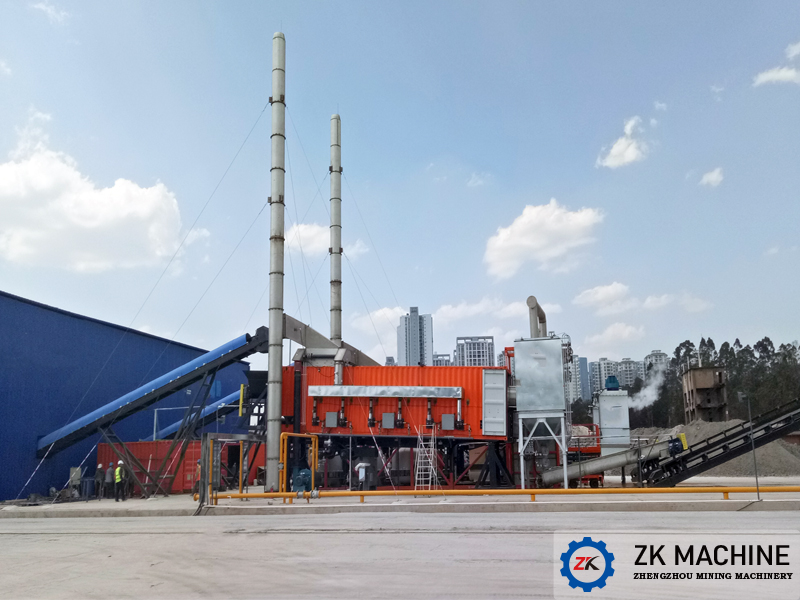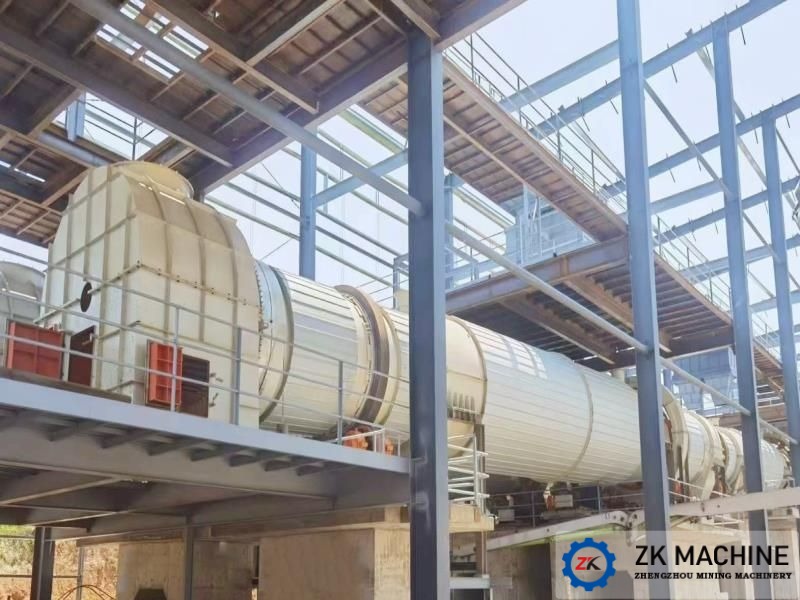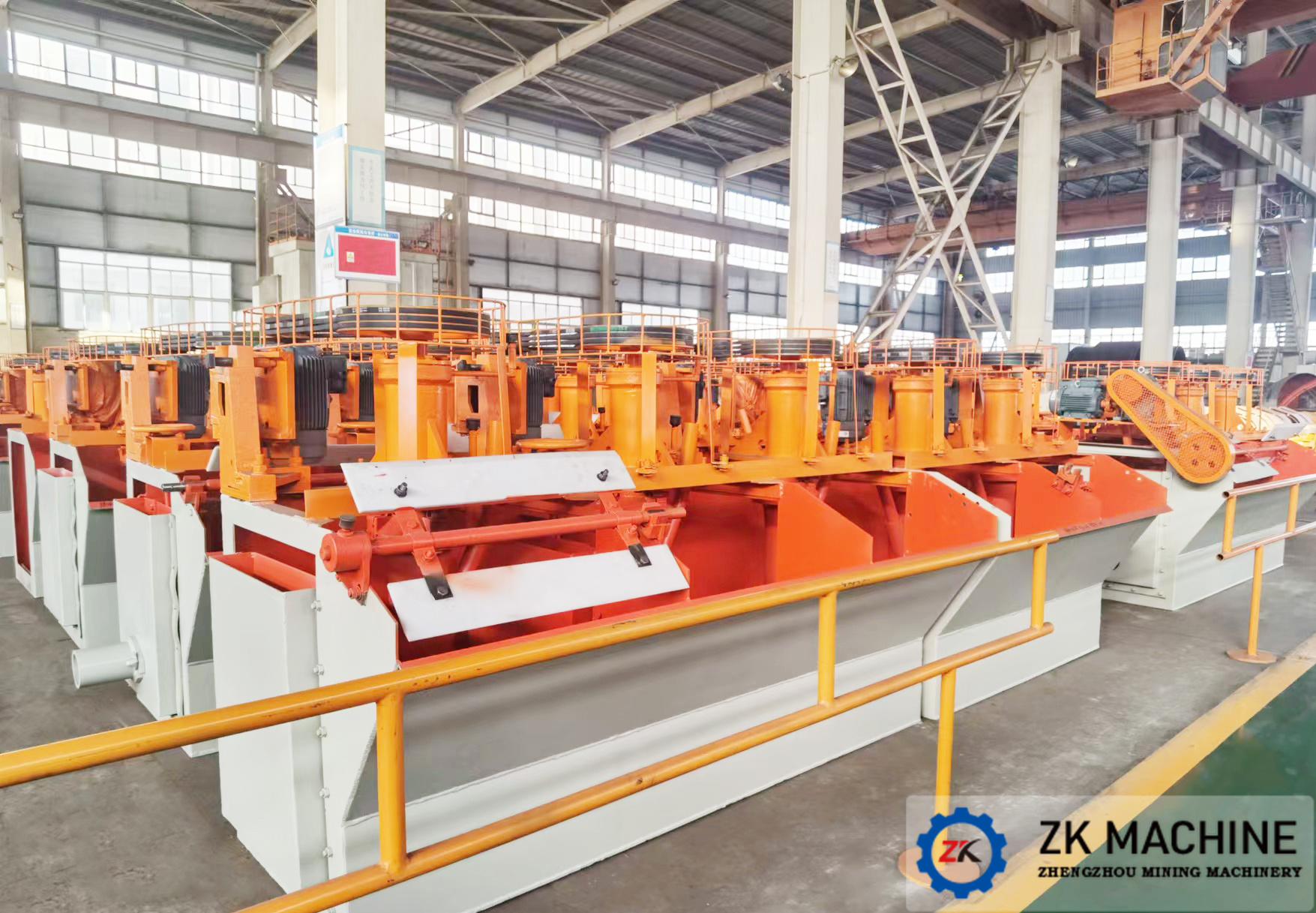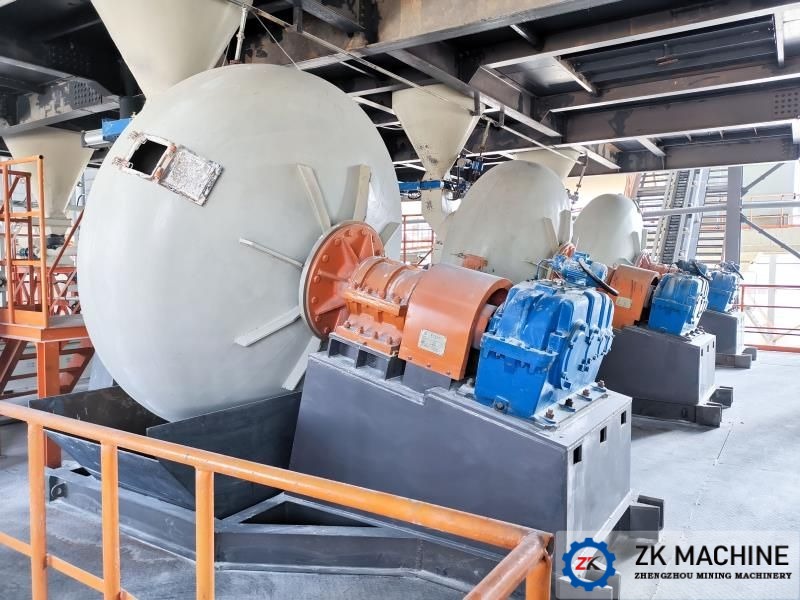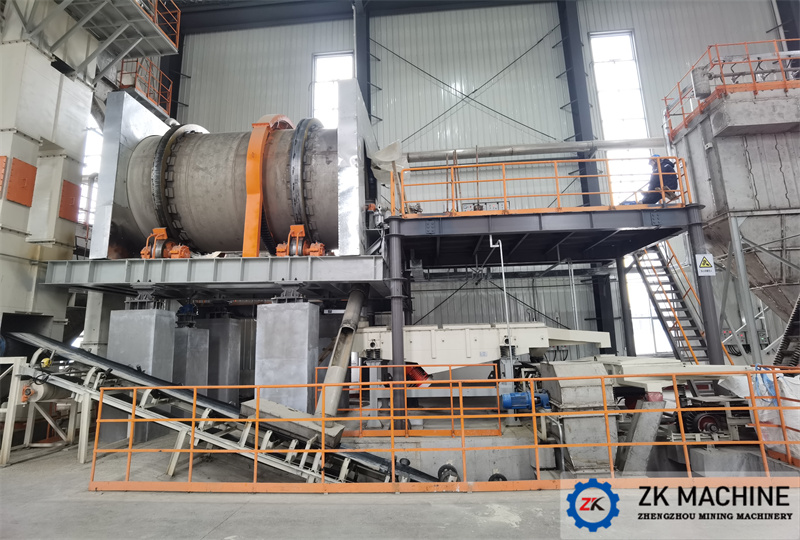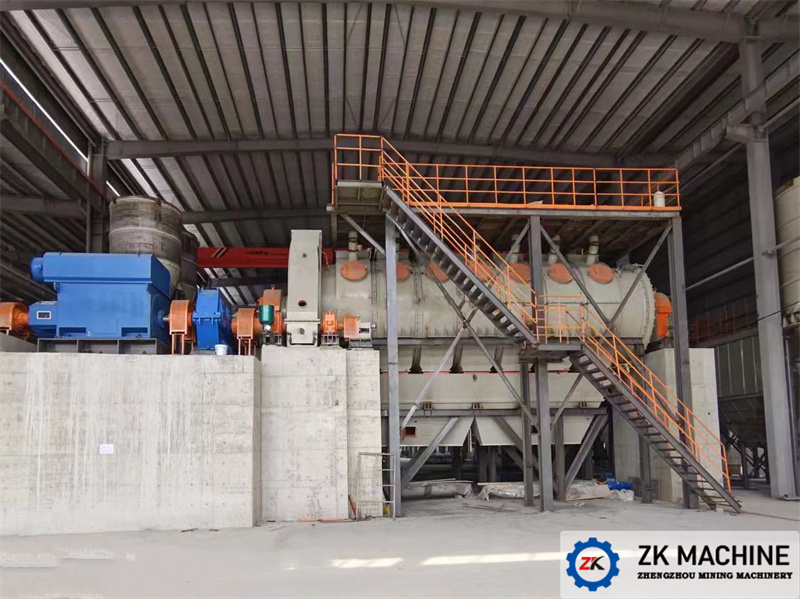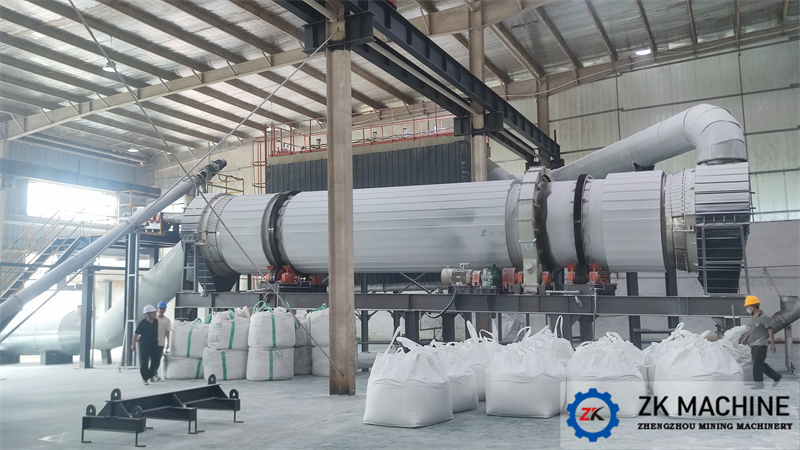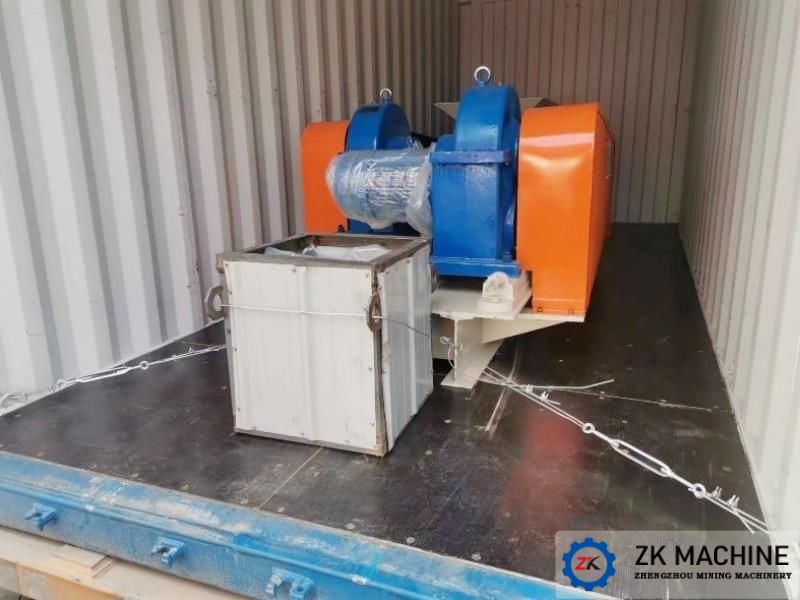Multi-dimensional Interpretation of Ball Mill
Ball Mill is the key equipment for crushing materials after being crushed and batched. It is widely used in cement, silicate products, new building materials, refractory materials, fertilizers, ferrous and non-ferrous metal beneficiation, and glass ceramics and other production industries to dry or wet grind various ores and other grindable materials. It has the characteristics of large production capacity, high efficiency, energy saving and environmental protection.
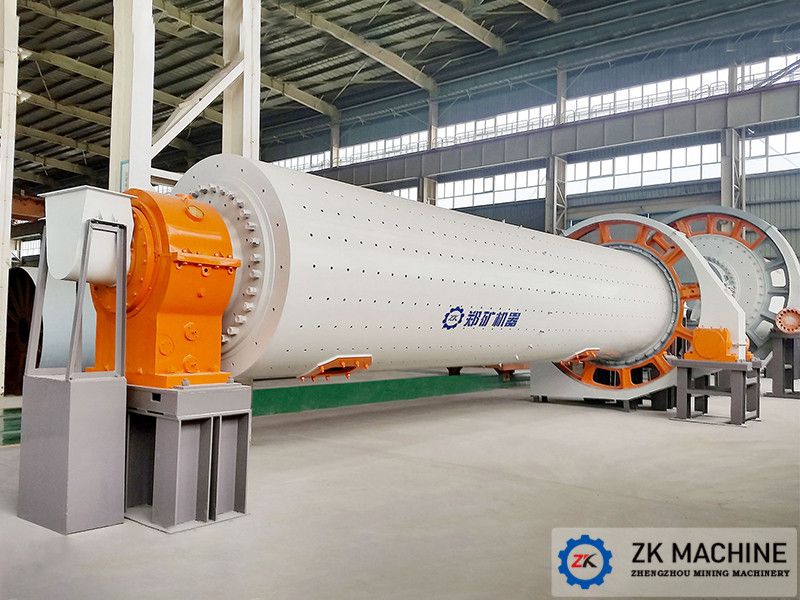
Its working principle is shown in the figure above: The Ball Mill is mainly composed of a cylindrical barrel, a hollow shaft, a bearing, a transmission device, a large gear and other components. The barrel is filled with steel balls or steel rods with a diameter of 25-150mm, which are called grinding media. , Its loading amount is 25%-50% of the effective volume of the entire cylinder. There are end caps at both ends of the cylinder. The end caps are connected with the flange at the end of the cylinder by bolts. There is a hole in the middle of the end cap, which is called a hollow shaft. The hollow shaft is supported on bearings and the cylinder can rotate. A large gear is also fixed on the cylinder. In the drive system, the motor drives the big gear and the cylinder through the coupling, reducer and pinion to rotate slowly. When the barrel rotates, the grinding medium rises to a certain height with the barrel wall, and then falls in a parabola or cascade down. Because there is a hollow shaft on the end cover, the material is fed into the cylinder from the hollow shaft on the left and gradually spreads to the right. When the material moves from left to right, the rotating cylinder will bring the steel ball to a certain height. Falling crushes the material, and a part of the steel ball in the barrel has a falling state to grind the material, and the entire moving process is also the crushing process of the material.
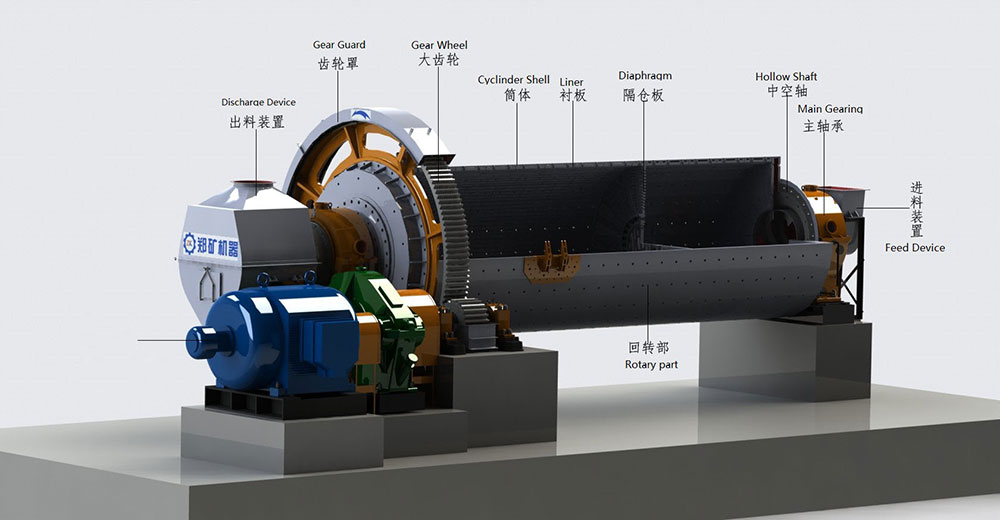
The outstanding advantages of the Ball Mill produced by our company are:
1. High grinding efficiency and low energy consumption;
2. The fineness of the product is uniform, and the product is smooth;
3. Low vibration, low noise, and good sealing of the equipment;
4. No dust spills, clean environment, meeting environmental protection requirements;
